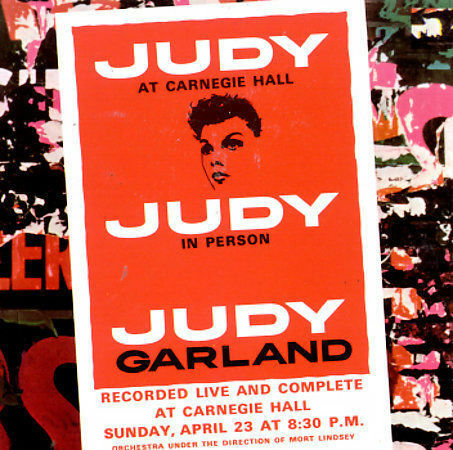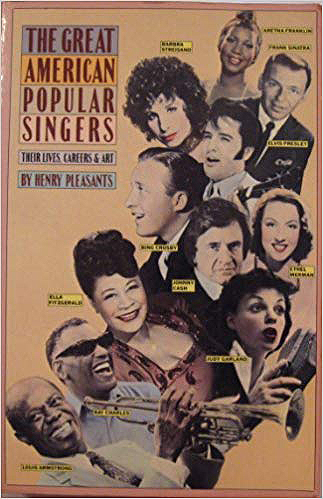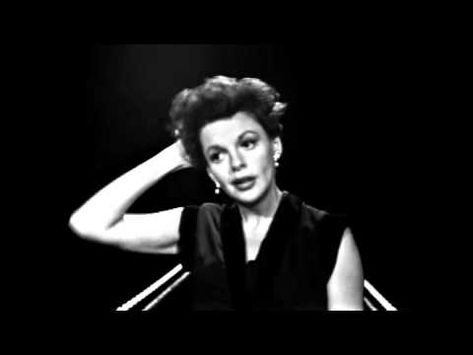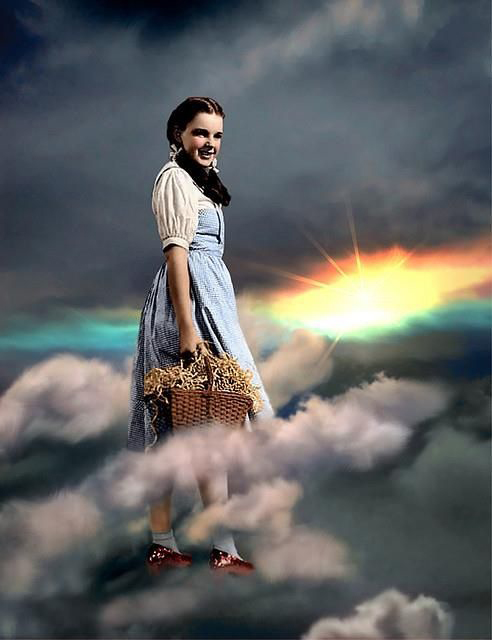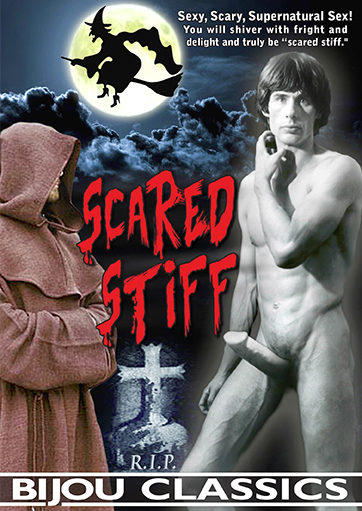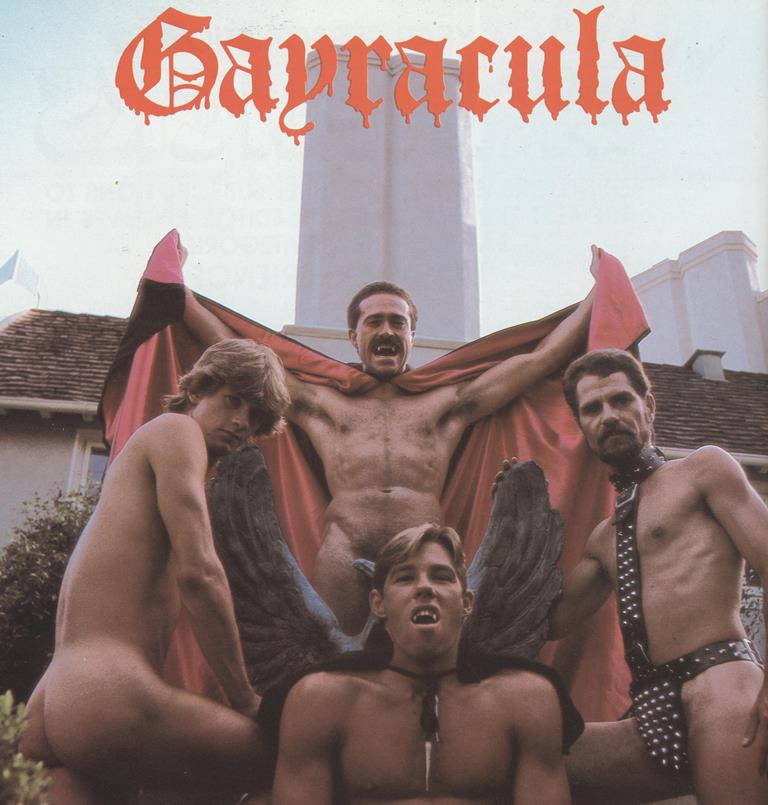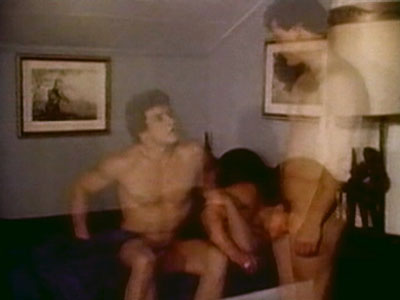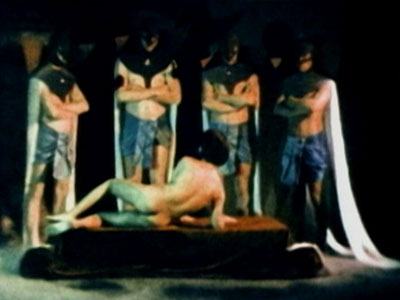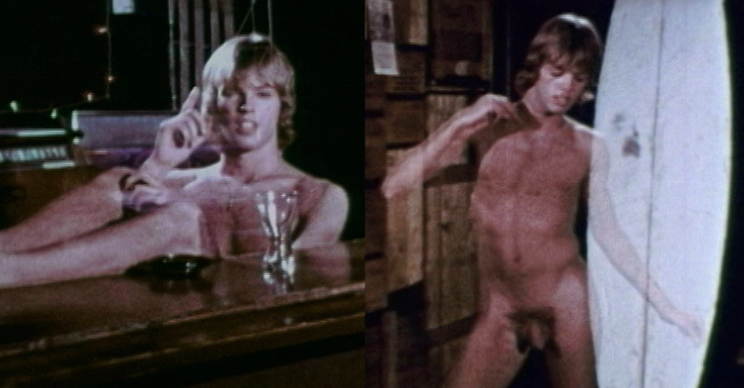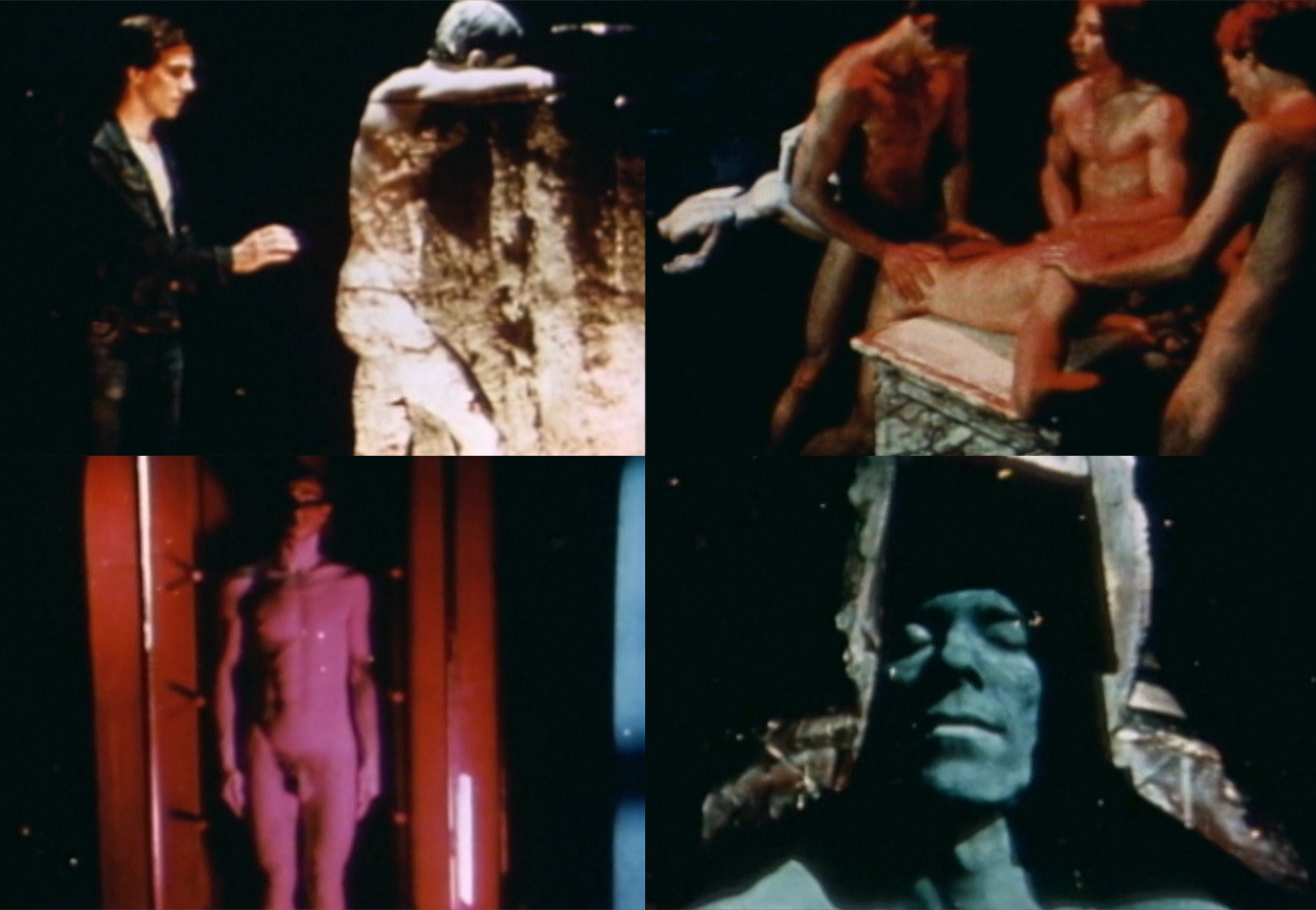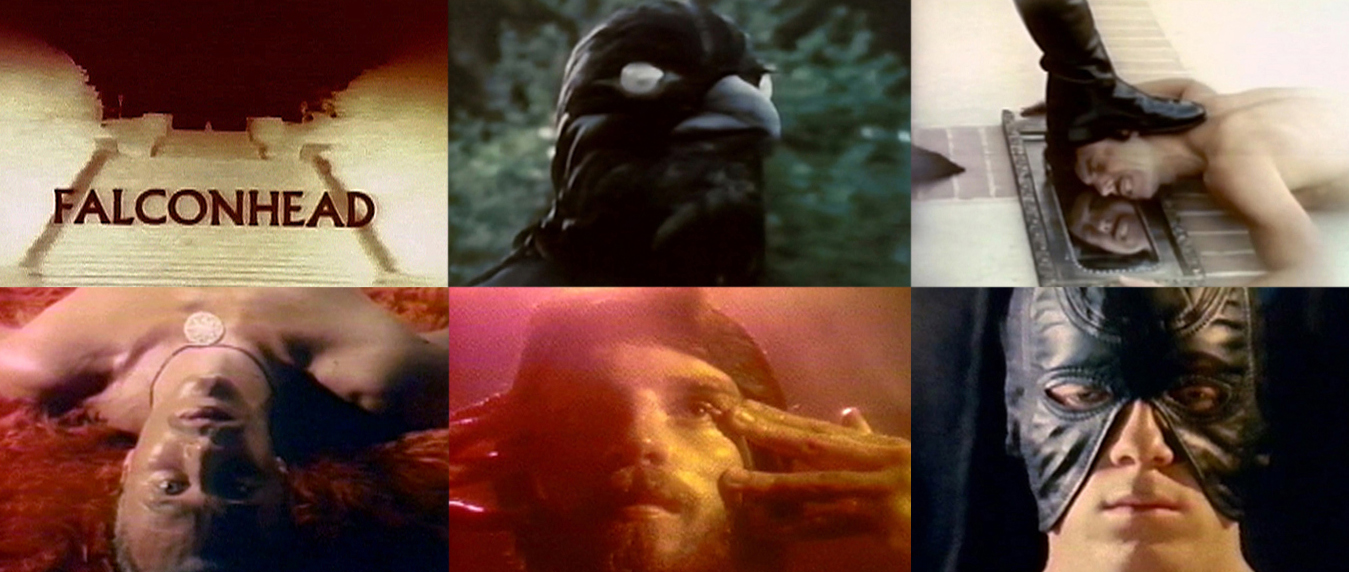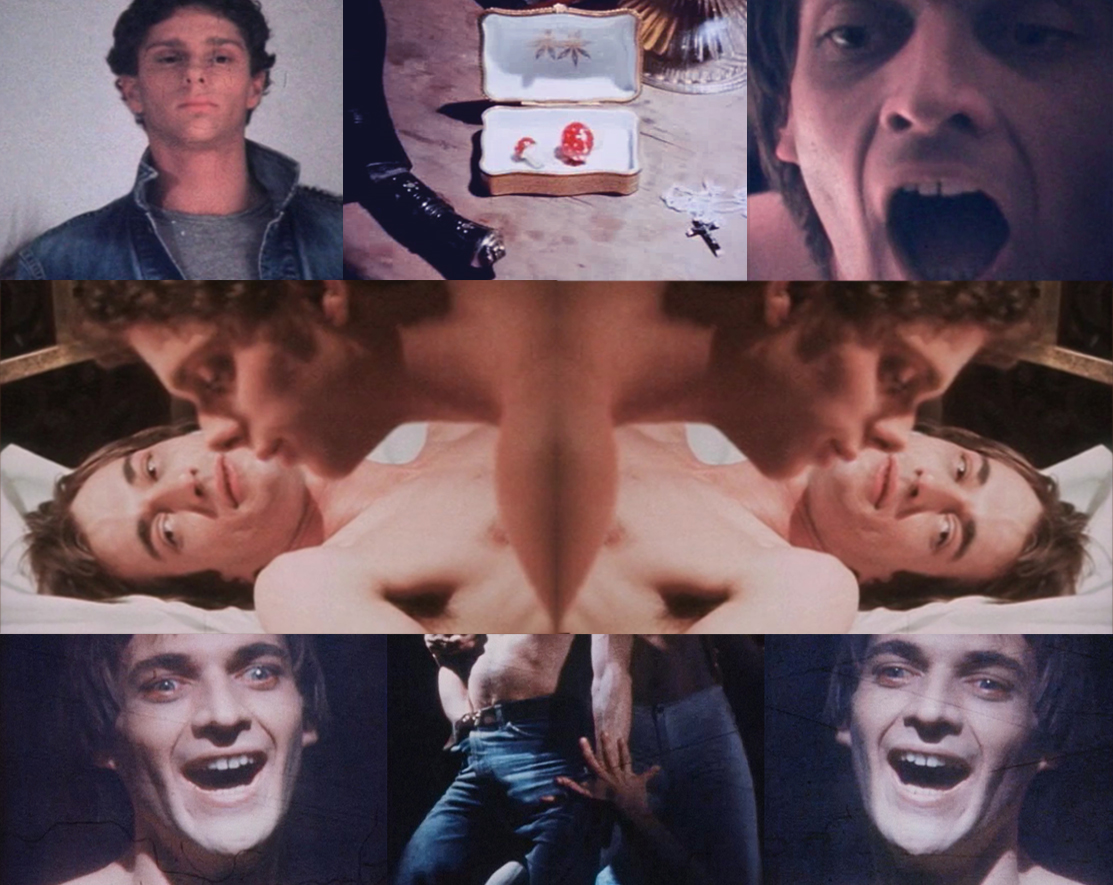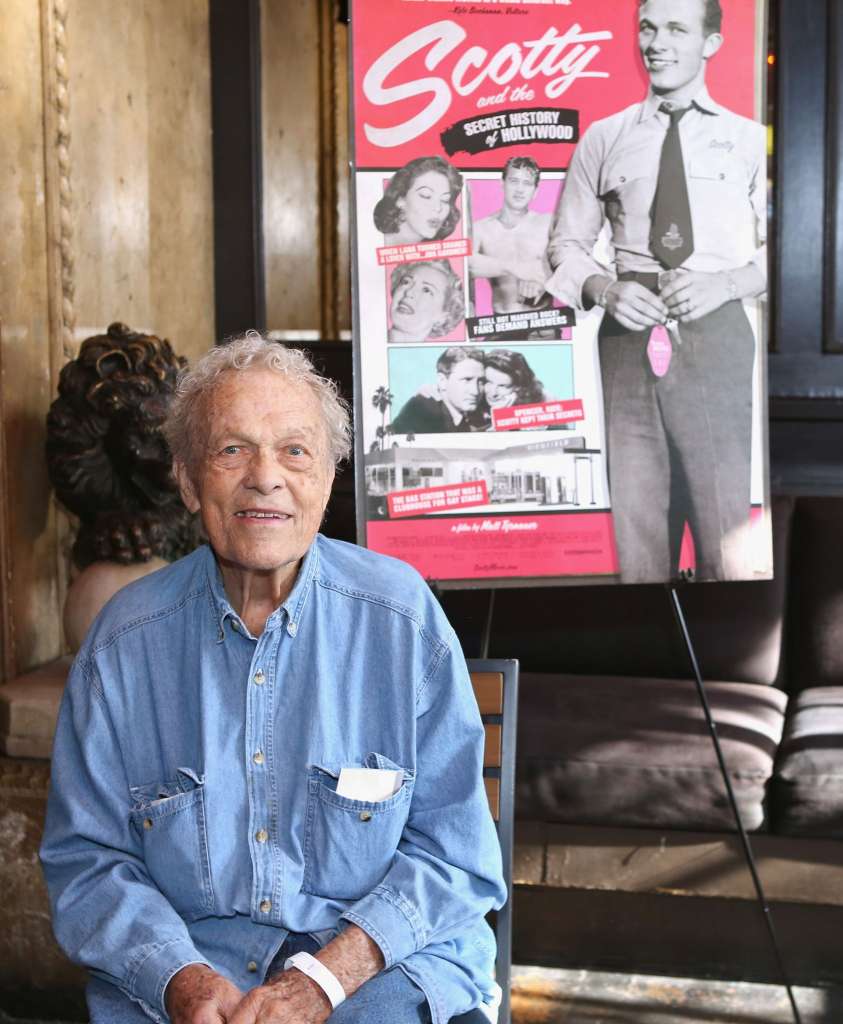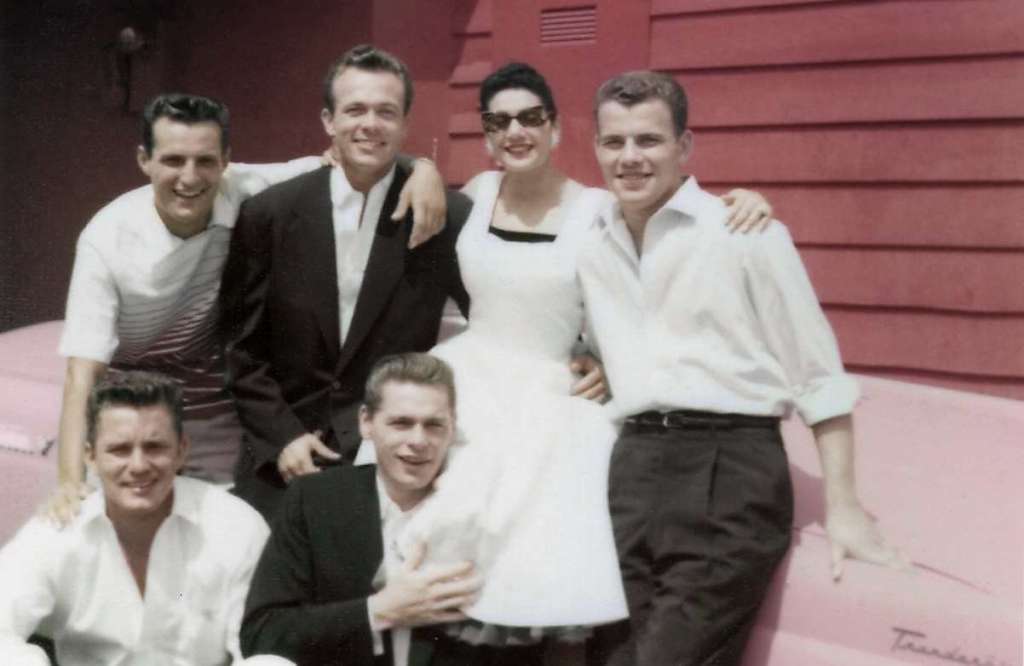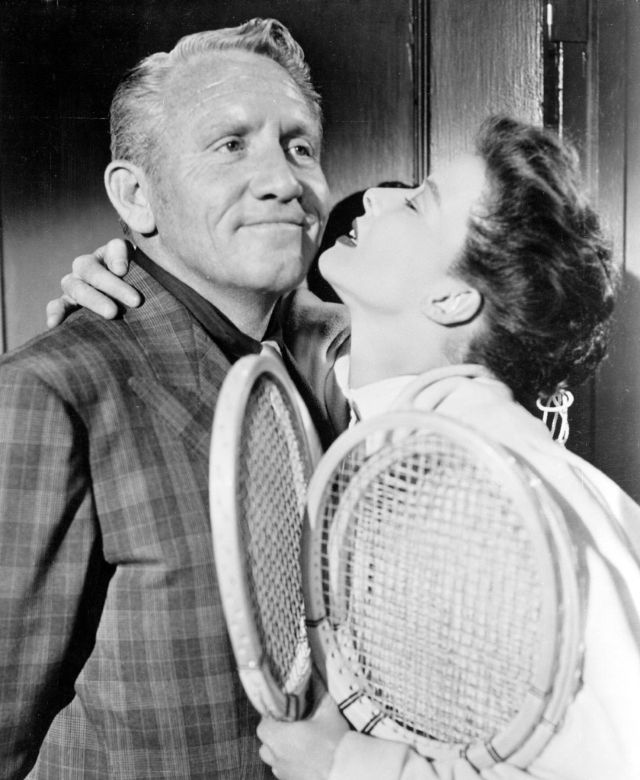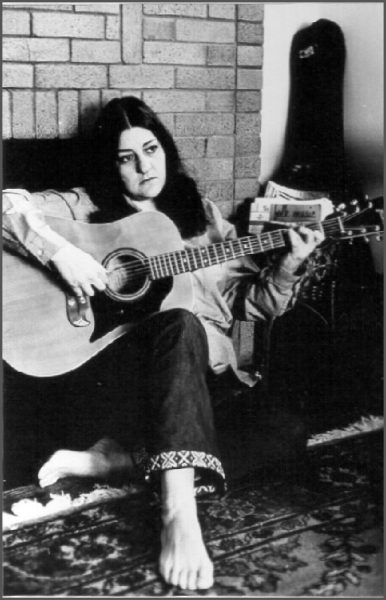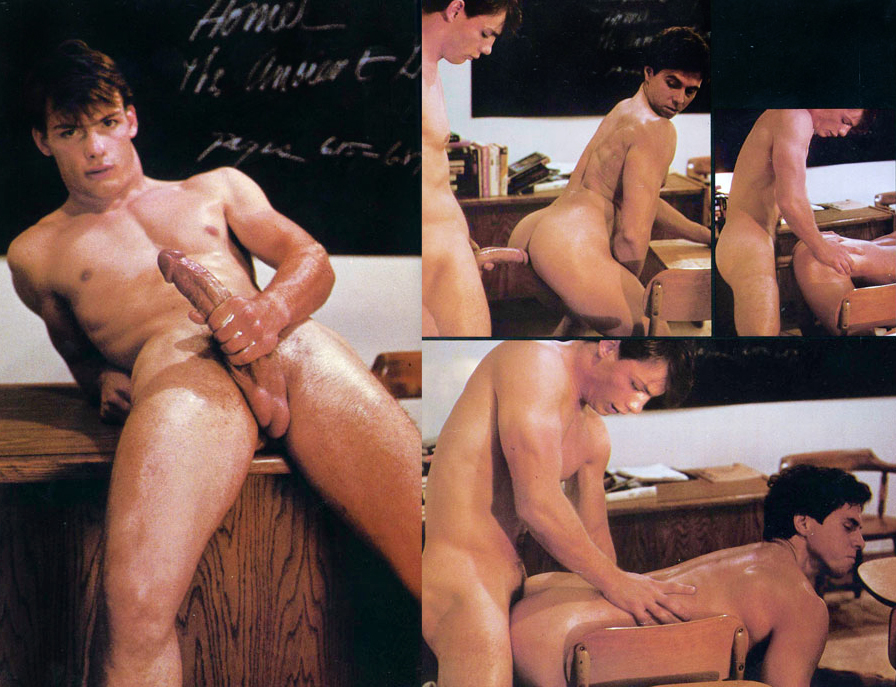
“Hi, Professor. I am for extra help with the assignment, said the young blond jock with the tight buns accentuated by the tight Levis.
I think you need more help than that, said the hot daddy bearded muscle hunk professor dressed in a sharp business suit.
The professor puts his hand on the student's thigh.”
Yes, the above is a pretty lame attempt at the genre of classroom porn. But it's easily recognizable, not just the inevitable sex that usually occurs in a public or semi-public institutional space, but the power dynamic.
Where I teach (a college) and pretty much everywhere, one can assume that students are not part of the dating pool. Of course not all teachers have abided by this rule, some fairly egregiously, especially those in positions of great power in the academic field.
In one interesting case, a famous woman professor, Arvita Ronell, was accused of sexually harassing a gay male student. It’s a case definitely out of the norm, where a powerful cis heterosexual male teacher sexually harasses a younger cis heterosexual female student.
Yet it reveals nonetheless that a spectrum of predatory sexual behavior can and does exist, and that no matter what the specifics of the case, institutional structures that are based on hierarchy often encourage such boundary violations. One taboo generates another taboo.
Toby Ross, whose pioneering films glorified youthfulness, seems to in many of these films to flaunt sexual and social taboos. When a teacher does gets involved in their sexual activities, the power dynamic is already levelled. For example, in Reflections of Youth, Big Bill Eld, the gym teacher, is primarily there as a Priapus figure who towers above the hot young studs literally; he likes to get on the desk and masturbate his gigantic cock.
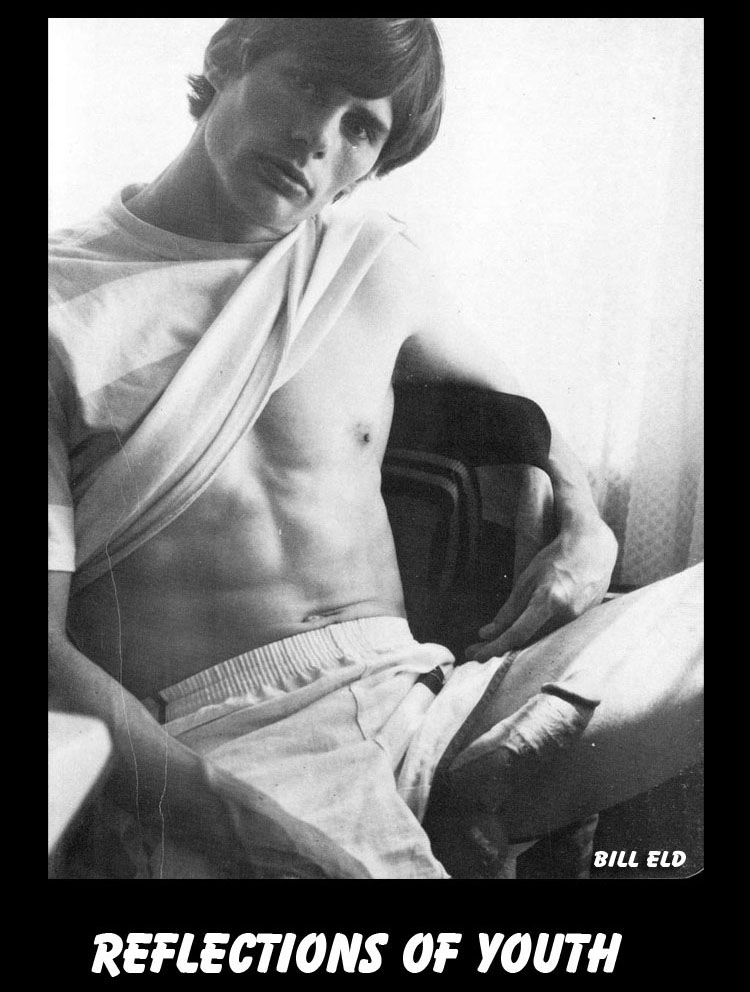
In Toby Ross' flick Classmates, the institutional space becomes the home of the teacher. When a sexy college student crashes at his art teacher's house, the sexual attraction is palpable but unspoken. The student feigns sleep while the teacher's mind races with images of the student fucking his ass with long, smooth, deep strokes. When the student's hard-on edges out of his boxer shorts, the teacher (nerdy but sexy) tentatively takes it in his hand and proceeds to jack him off. Still fantasizing, the teacher then jacks himself off. Tension -- release -- sleep. This realistic scene is played and edited beautifully.
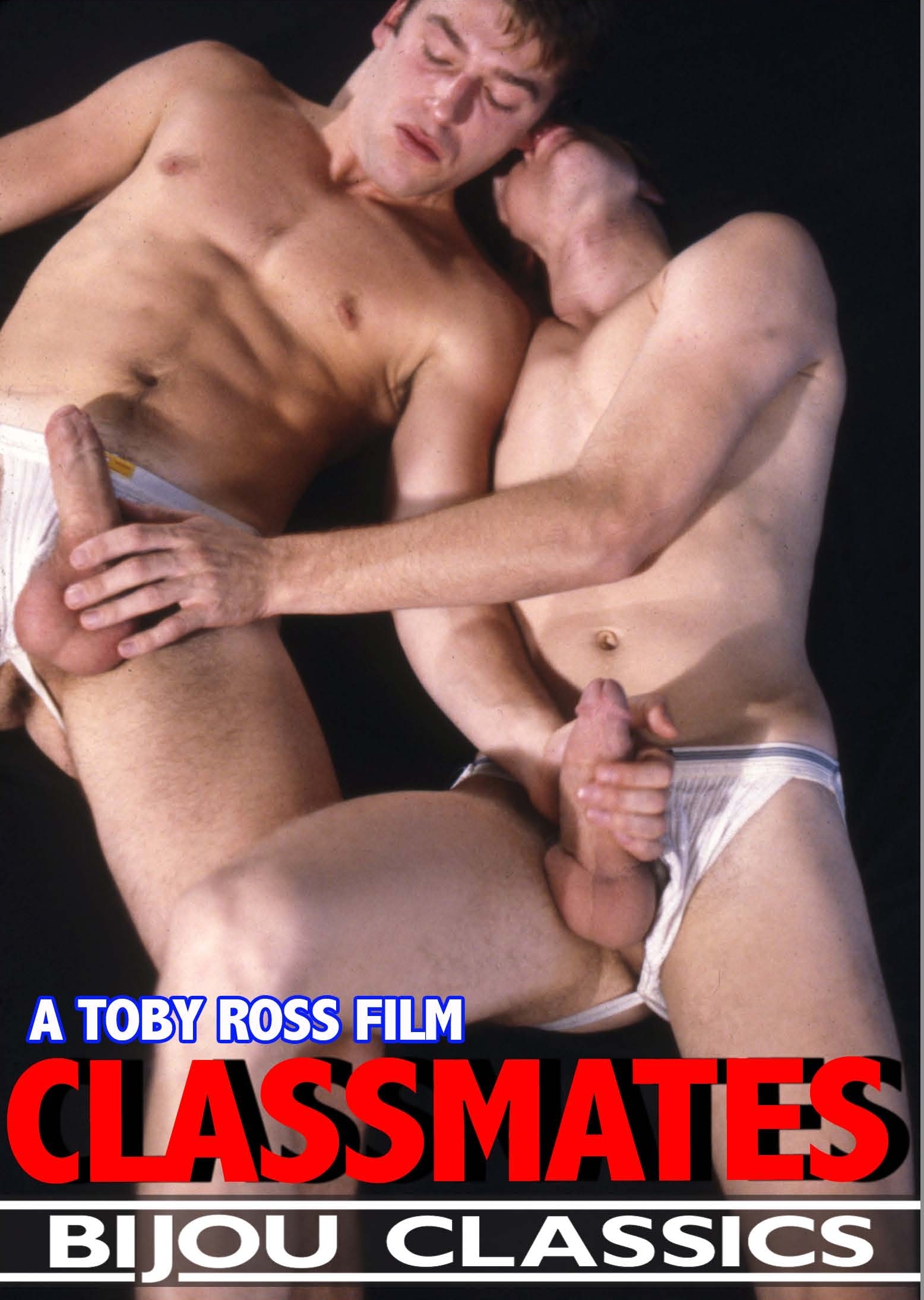
In the Nova classic Kept After School, one sees the classroom porn genre treated with a humorous edge. Handsome teacher keeps students after school, and they aren't getting punished. He falls asleep, and an orgy ensues. He loses his power to the student's overwhelming sexual power.
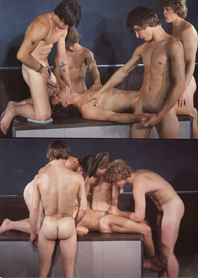
In The Academy, by Hawk Productions, a military school teacher is seduced by his two students. A student fantasizes about the porn icon Roger. And much, much more.
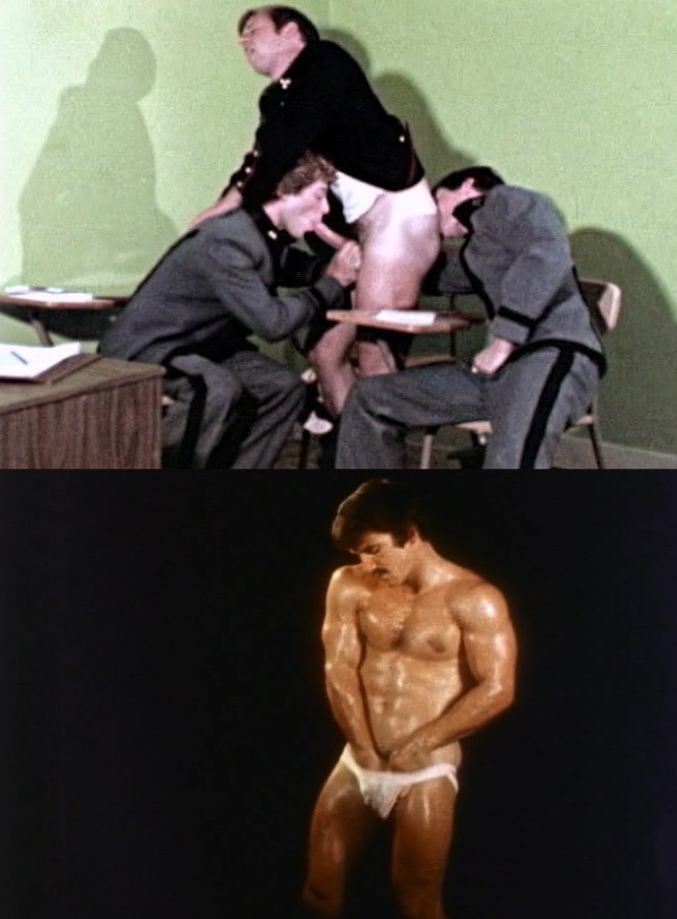
And often teacher-student relationship becomes subsumed into the spanking fetish. In the Man's Hand video A Lesson Well Learned, the title pretty much self-explanatory. Naughty “boys” get spanked by coaches (and each other).
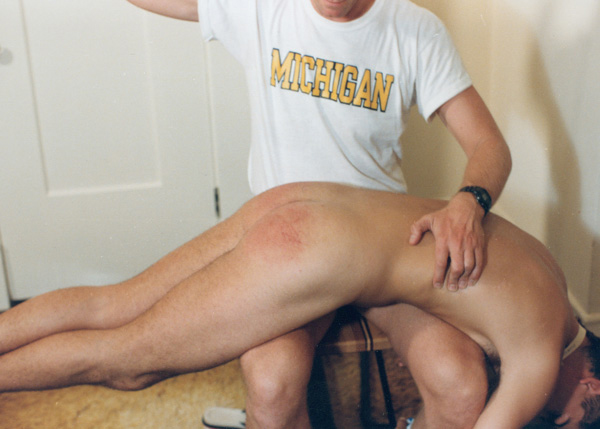
Overall, here’s the rub: reality and fantasy of course aren’t the same, and the teacher/student sexual fantasy has always been a major trope in erotic art, literature, and films, primarily heterosexual, and in many cases, the woman, strict headmistress or even nun, takes on the role of a dominatrix, punishing the “naughty boy.”
Thus, the teacher/student fantasy ends up involving often BDSM activity, accentuating the tension between what on one level many approve of as an affective/intimate relationship but one that is restrained by a public social order that pretty much proclaims, beyond this point you may not cross.
But crossing boundaries, breaking taboos one could say is precisely reason for the tension-release dynamic of porn in all its manifestations.

